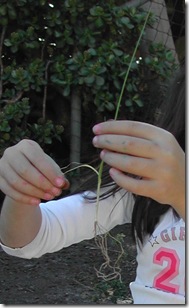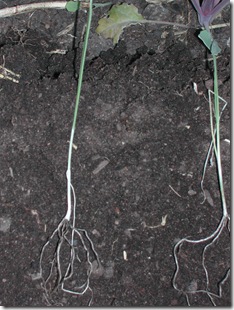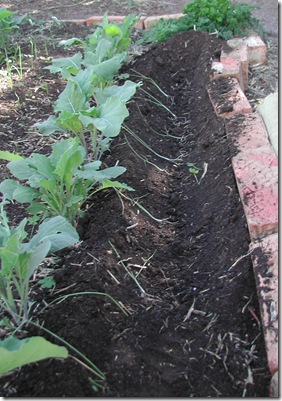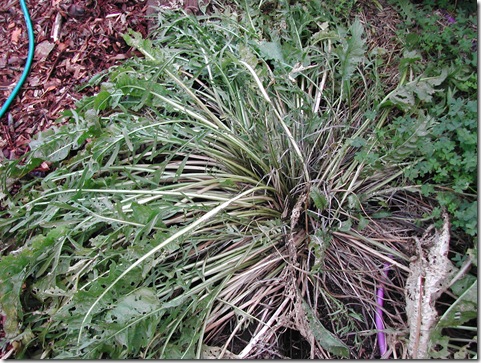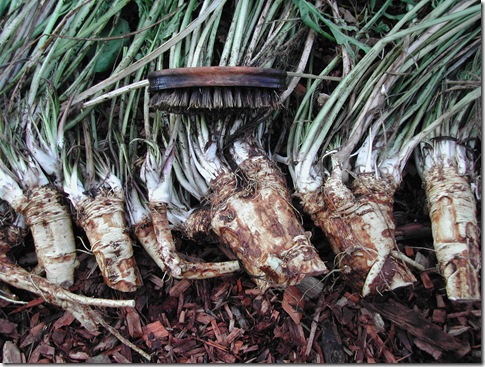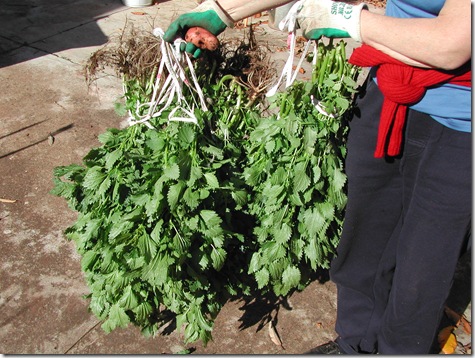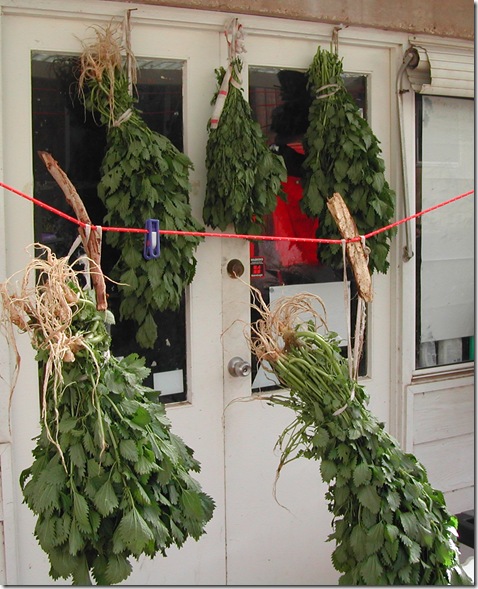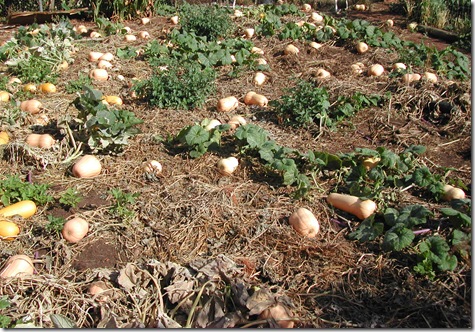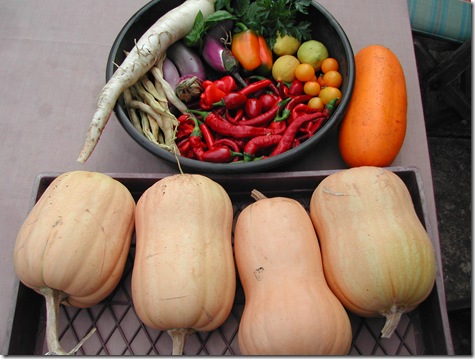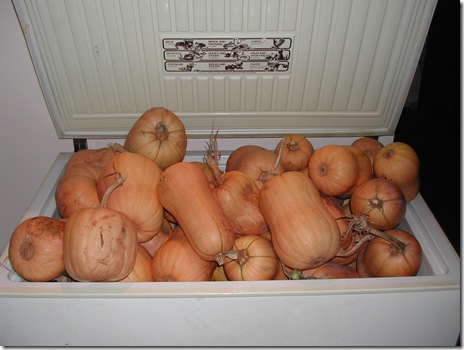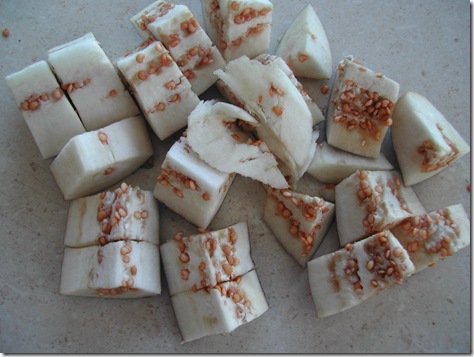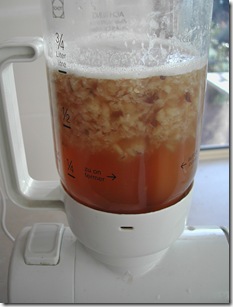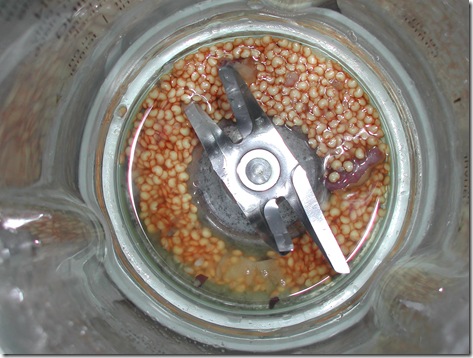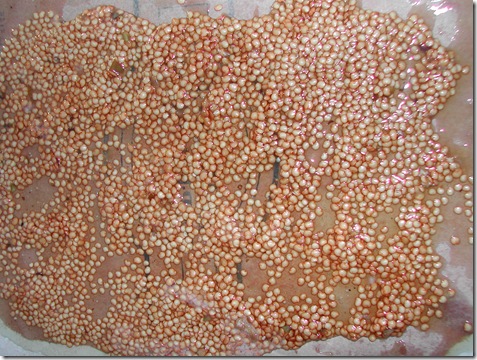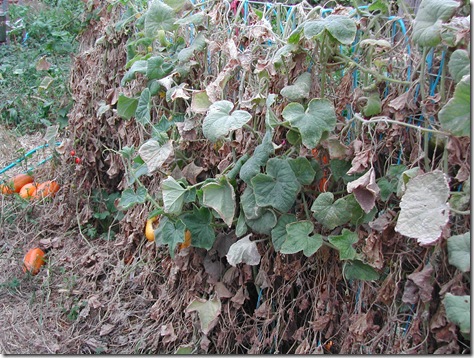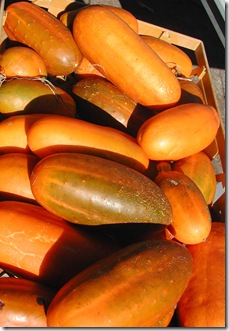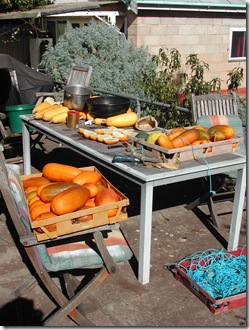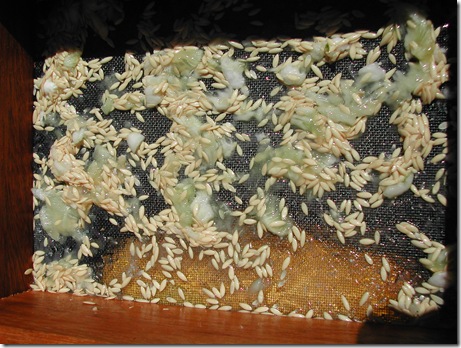Right up at the top of our list of important winter-grown vegetables are the alliums; garlic (A. sativum), garlic chives (A. tuberosum), onions (A. cepa), shallots (also called eshallots, bulb shallots or potato onions in Australia: A. cepa var. aggregatum) and leek (A. ampeloprasum var. porrum). These hardy slow-growing vegetables take almost six months to mature, and in the case of onions and garlic, can be stored as bulbs for a further six months or more thereafter until the next crop is planted. Onions ‘grow in the cold, and mature in the heat’…
Garlic and shallots are reproduced vegetatively – these plants only very rarely produce viable seeds, so they are grown on each year from ‘cloves’ broken off the side of the original bulb from the previous year. The quickest way to grow garlic chives is to divide the roots with their tiny bulbs (rhizomes) and replant them. Being perennials, garlic chives grow year after year, with the leaves (rather than the bulbs) being harvested for salads and stir-fries.
Garlic cloves are planted out when the bulbs start to ‘shoot’ in autumn, and are planted in trenches with the sharp end sticking up – after all, that end is going to be the leafy crown, while the blunt end will generate roots! Space your cloves and rows just far enough apart to allow the fully-mature bulbs to be separated by a few finger widths.
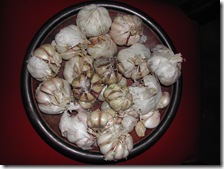
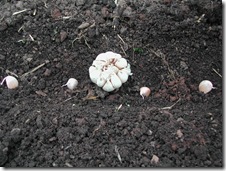
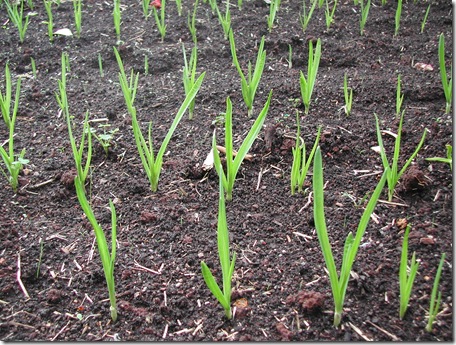
Onions and leeks, by comparison, are readily grown from seed, and can be started by spreading (then thinly covering) the seed in small ‘seed bays’ scraped by hand in good friable organic soil or potting mix. Such ‘crumbly’ soil is important so that the onions seedlings may be separated easily later when dug up with a shovel then transplanted into rows; the roots will have intertwined, and can easily be separated by gently pulling them apart, provided the soil falls readily away from the root system.
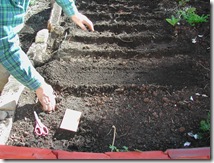
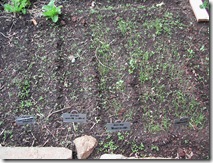
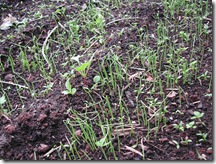
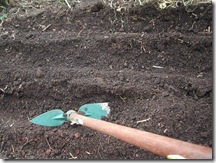
Onions are very easy to plant, provided you handle the seedlings gently. Simply hoe triangular furrows through your clean garden beds, such that the slopes of the furrows are at a 45 degree angle to the surface.The seedlings are laid against one wall, while the other wall, with its small hillock of soil taken out of the furrow, is pushed back into the furrow to cover the roots once planted. Some gardening writers recommend trimming the tops of the onion seedlings and the bottom of the seedling roots; I’ve never bothered with this, preferring the quicker ‘bung ‘em in and let ‘em get on with it’ approach… Just make sure the green leaves are above the soil, and the white roots are below. It doesn’t matter that the seedlings initially stick out of the ground at an odd angle; they soon respond to gravity and straighten up vertically.
